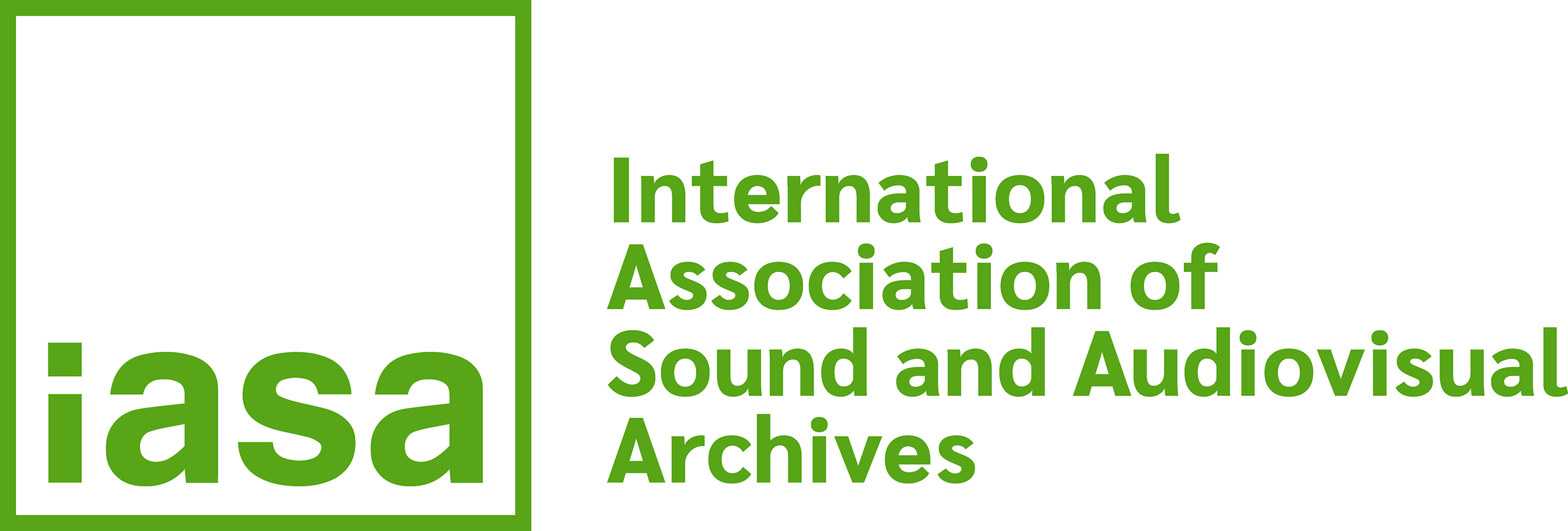4. Sources of recordings
Clearly, an essential starting point for setting up an archive is the identification of existing sources of recordings. For wildlife sounds, the following are likely to be the most fruitful.
The collections of major pioneer wildlife sound recordists should be eagerly sought. Such people as Ludwig Koch in Britain, Myles North in East Africa and Paul Schwartz in South America fall into this category. All their recordings have now been archived. The acquisition of such collections may involve the archive in a great deal of sorting, copying and documentation.
Individual zoologists who make recordings as part of their research may contribute valuably to archive collections. Of similar importance are zoology departments of universities and other research institutions which have collected recordings for scientific projects. The archiving of such recordings will enable future workers to have access to material on which the research was based and, in many cases, from which published sonograrns were prepared. A good example is the collection of recordings at Cambridge made for Professor W.B. Thorpe's classic study of song learning in birds, with special reference to the chaffinch, of which copies are preserved in BLOWS.
Natural history museums and learned societies may also be rich sources. Thus, in the former category, comes the Orthoptera (i.e. grasshoppers, crickets, etc.) recordings collected by Dr David Ragge and Jim Reynolds at the British Museum (Natural History) in London, copies of which are now at BLOWS. Expeditions to zoologically rich but unexplored areas often obtain valuable recordings. Thus Julian Dring made many unique recordings of frogs in Sarawak during an expedition run by the Royal Geographical Society and contributed copies of them to BLOWS. Similarly, there may be private expeditions organised by individuals or groups primarily for the purpose of recording wildlife sounds. Some fine batches of bird sound recordings, for example, have been contributed to BLOWS by Terry White from expeditions to the Gambia, Trinidad, Tobago, Australia and Brunei.
If, on any type of expedition, there is a competent wildlife sound recordist with proper equipment present, so that good recordings seem likely to be obtained of animal sounds particularly required by the archive, support may be given to the work at least to the extent of supplying tape and equipment. Such support should be subject to a signed agreement that all the recordings will be deposited in the archive within a stipulated time and with proper documentation.
Recording expeditions organised by the archive itself can be a most profitable source when a new collection is being set up in a country without a tradition of animal sound recording. Obviously areas with a particularly interesting or rich fauna or, more importantly, disappearing habitats with threatened species will be chosen for such fieldwork. It is always wise to consult experts when organising such expeditions, such as Dr James Gulledge, Director of the Cornell Library of Natural Sounds, who has led collecting expeditions to Arizona and the Galapagos Islands to obtain recordings for the Library. Suitable high quality equipment will be needed (see 5 below) and at least one member of the party must be a competent wildlife recordist. There must also be an experienced naturalist capable of identifying all the species recorded and it is important to keep the fullest possible documentation (see also 5 below).
Broadcasting organisations may have extensive collections of natural history sound recordings in their archives. Since the primary purpose of these collections is to serve the needs of broadcasting they are not readily available for use by outside people. The broadcasting authority may, however, be willing to supply a copy of the recordings to a national archive -provided copyright is safeguarded -thus enabling them to be more widely used without involving the authority in any further work. The deposit of duplicates of the BBC's natural history recordings in BLOWS is an outstanding example of this kind of co-operation.
Individual recordists should by no means be ignored as acquisition sources for archives, especially since an increasing number of people are taking up wildlife sound recording as a hobby. The major wildlife sound recordists in Britain, for instance such people as John Kirby, Lawrence Shove, Ray Goodwin, Victor Lewis, Patrick Sellar, Richard Margoschis and other leading British bird and animal recordists, have extensive collections of first-class material which has been used in published records, films and broadcasting. Many others who record wildlife sounds as a hobby also make excellent recordings. In Britain such enthusiasts are easy to identify because most are members of the Wildlife Sound Recording Society. Elsewhere they may be harder to discover. Some will be members of natural history societies. Others, who are primarily interested in sound recording for its own sake, may belong to tape recording societies through which they can be discovered. The latter often make recordings of good quality, but may be weak on identification and documentation, which can detract from the value of their tapes.


